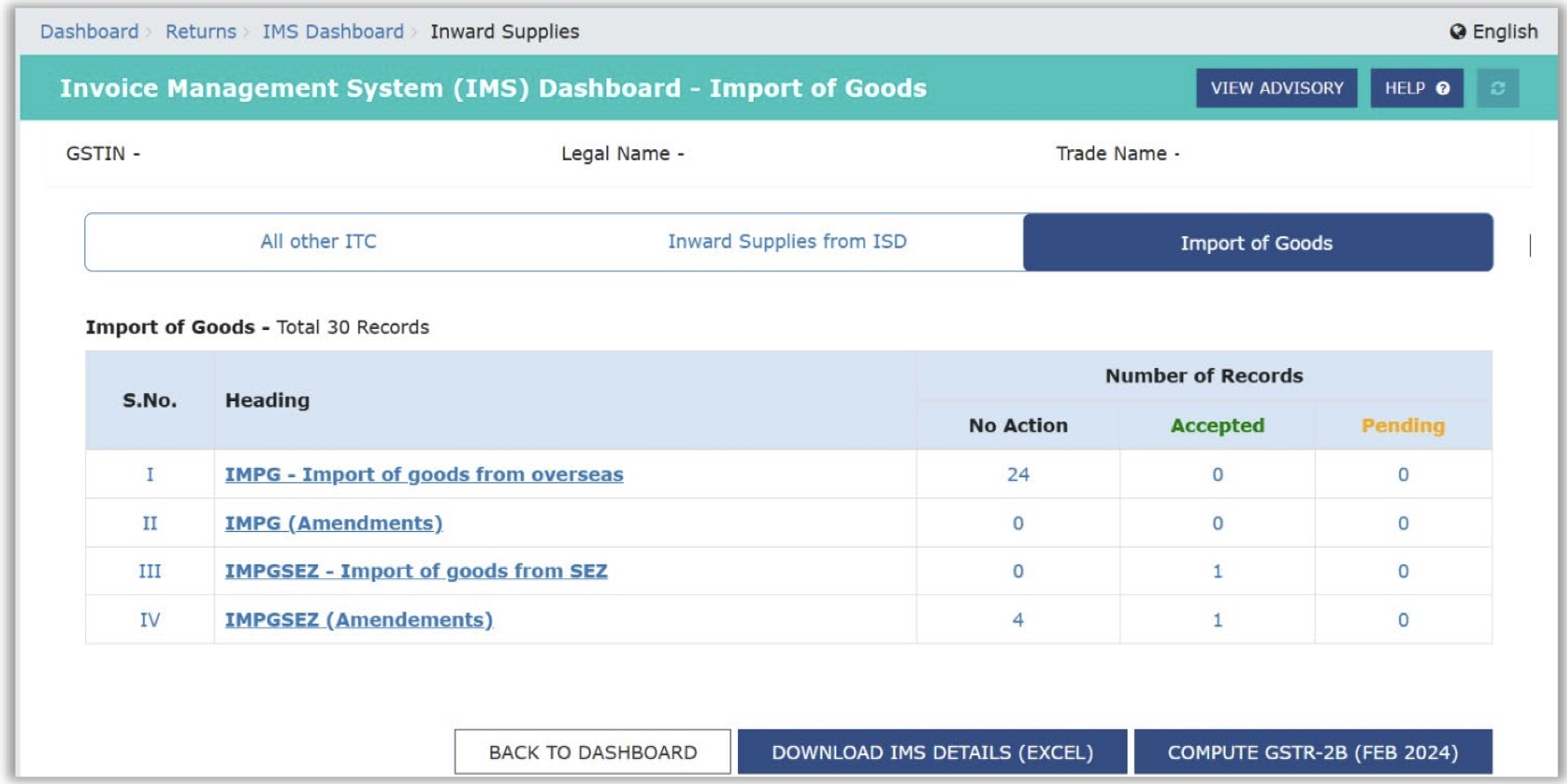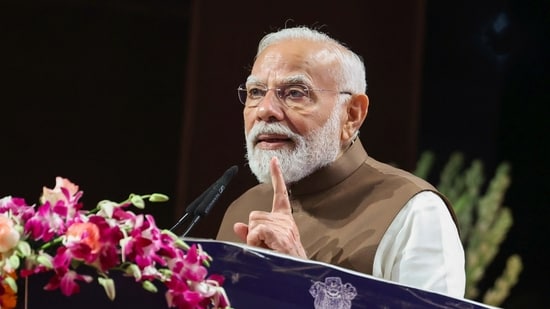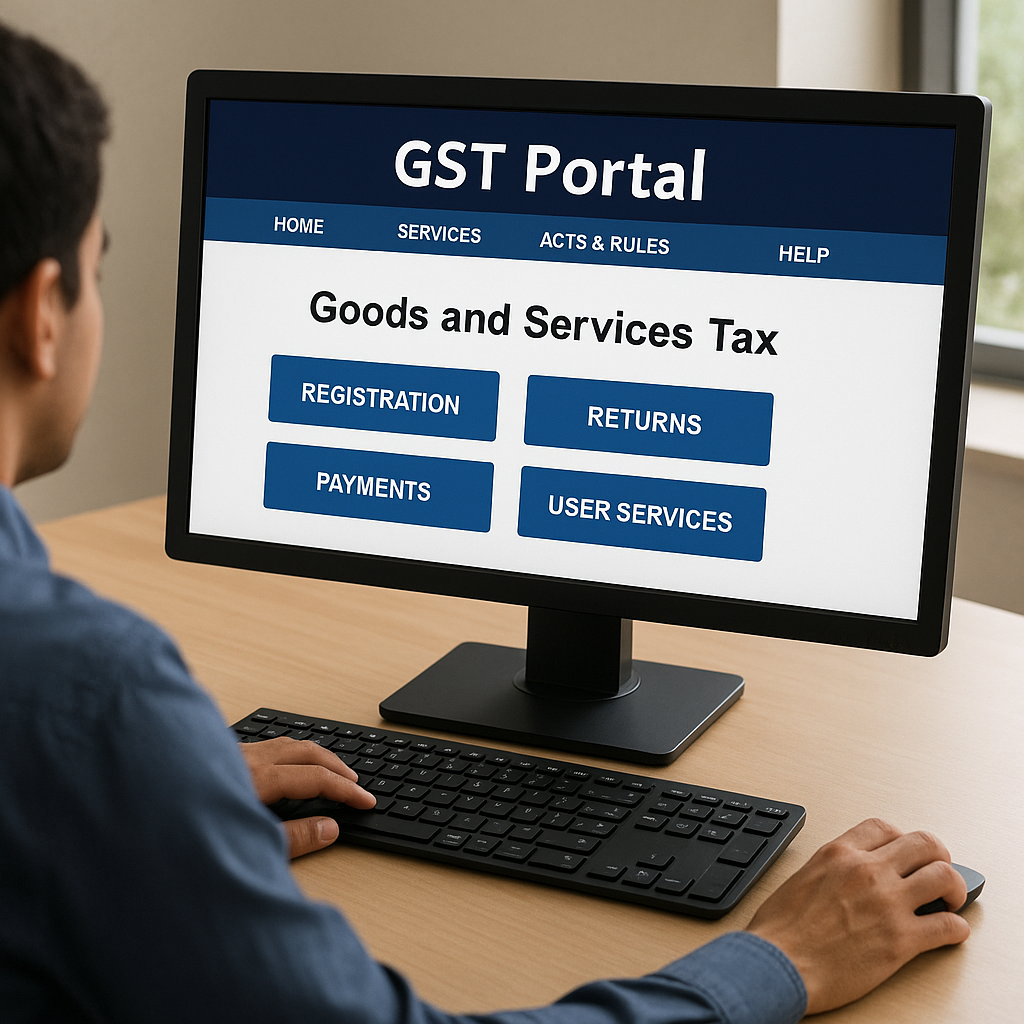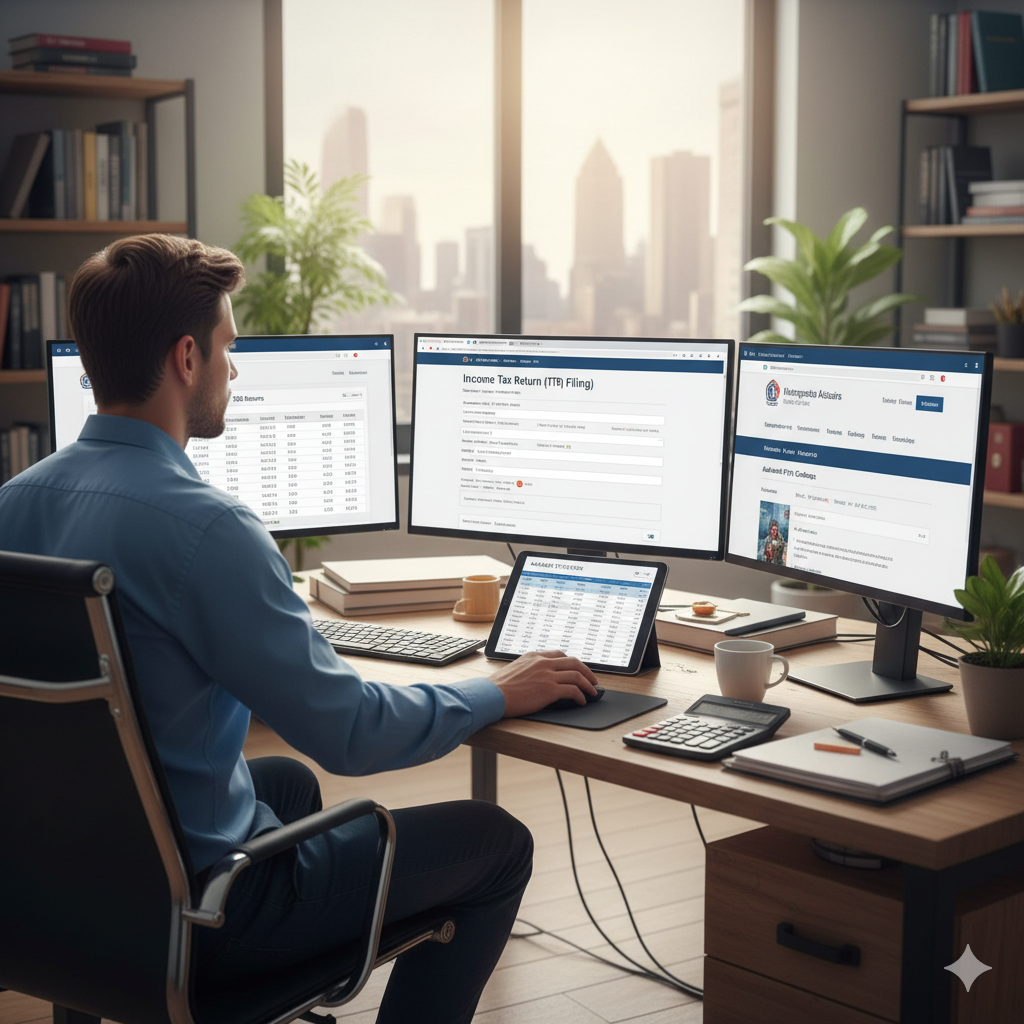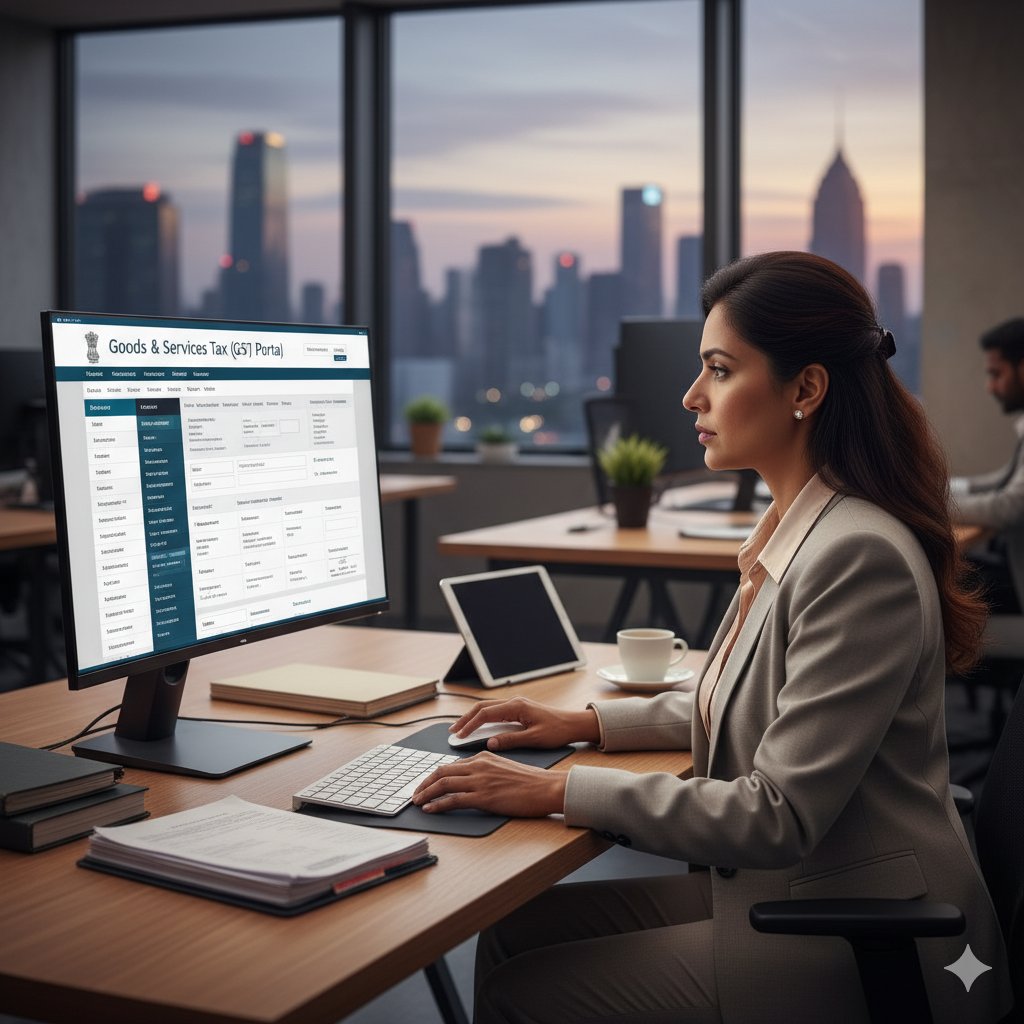The Invoice Management System (IMS) — one of the major GST technology reforms — was introduced on the GST portal from the October 2024 tax period.
It allows taxpayers to efficiently view, track, and take action on the invoices uploaded by their suppliers through GSTR-1 / 1A / IFF, ensuring improved transparency and better reconciliation of Input Tax Credit (ITC).
Building on this digital transformation, GSTN has now extended the IMS functionality to include “Import of Goods” details, giving taxpayers a comprehensive view of both domestic and import-related transactions within the same system.
🌍 New Feature: Import of Goods in IMS
A new section titled “Import of Goods” has been introduced in the IMS Dashboard on the GST portal.
This new feature integrates data from Bills of Entry (BoE) — i.e., the documents filed by importers with Customs authorities when goods are imported into India — directly into the IMS for review and verification.
This enhancement will apply from the October 2025 tax period onward.
🔍 Key Highlights of the New Functionality
- Automatic Availability of Import Data
- The system will automatically fetch the Bill of Entry (BoE) data from the ICEGATE Customs system for goods imported by the taxpayer.
- This includes both:
- Imports from outside India, and
- Imports from Special Economic Zones (SEZs).
- User Actions Allowed in IMS
- The taxpayer can now accept, reject, or keep pending individual BoE records in the IMS, just like supplier invoices.
- These actions ensure that import-related Input Tax Credit (IGST paid on imports) is correctly reflected and reconciled.
- Deemed Acceptance Rule
- If no action is taken by the taxpayer on a particular BoE record before the GSTR-2B generation date, it will be treated as “deemed accepted.”
- This ensures that the data continues to flow into the system even if taxpayers forget to take manual action.
- Auto-Generation of GSTR-2B
- Based on the taxpayer’s actions (Accept / Reject / Pending), the draft GSTR-2B will be auto-generated on the 14th of the following month, as per the standard cycle.
- This means both domestic invoices and import transactions will now appear in a unified GSTR-2B summary.
🧮 Example: How It Works
Let’s say ABC Garments Pvt. Ltd. imports fabric from China in October 2025.
- The importer files a Bill of Entry at Customs in the same month.
- The GST portal automatically fetches this BoE data and displays it under the “Import of Goods” tab in IMS.
- The company can:
- ✅ Accept – if the import entry and IGST paid details are correct.
- ❌ Reject – if the details don’t belong to them or contain errors.
- ⏳ Keep Pending – if they want to verify details later.
If the company doesn’t take any action by 14th November 2025, the system will treat the entry as accepted and include it in GSTR-2B for October 2025.
📈 Benefits of Introducing Import Data in IMS
The integration of import data in IMS is a significant improvement for businesses that deal in both domestic and imported goods.
✅ Key Advantages:
- Single platform to view both domestic purchase invoices and import BoEs.
- Eliminates mismatches between Customs and GST data.
- Accurate ITC reflection for IGST paid on imports.
- Reduces manual reconciliation and errors.
- Promotes ease of compliance and transparency in cross-border transactions.
⚠️ Key Points to Remember
- The new functionality is effective from the October 2025 tax period.
- Taxpayers must regularly check their IMS dashboard for new BoE records.
- No action = Deemed Accepted — ensure incorrect imports are manually rejected in time.
- GSTR-2B will continue to be auto-generated on the 14th of the next month, now including import data.
- Imports from SEZs are also covered under this feature.
🧠 CA Guruji’s Insight
This update is another step towards real-time ITC accuracy under GST.
Earlier, taxpayers had to depend solely on GSTR-2B and Customs data separately for import ITC reconciliation.
Now, with IMS integration:
- The reconciliation will become seamless.
- Chances of double claiming or missing ITC will drastically reduce.
- Importers can track BoE-level accuracy directly from their GST login.
This move aligns with the government’s broader goal of creating a 360° view of taxpayer transactions — both domestic and global — through the GST portal itself.
📆 Implementation Timeline
| Particular | Implementation Month | Key Action |
|---|---|---|
| IMS introduced on GST Portal | October 2024 | Suppliers’ invoices available for action |
| Import of Goods section added | October 2025 | BoE records added to IMS |
| Deemed Acceptance rule applies | November 2025 onwards | Unactioned BoEs treated as accepted |
| Unified GSTR-2B generation | From 14th November 2025 | Includes import & domestic data |
📢 Action Points for Taxpayers
✅ Regularly monitor your IMS dashboard on the GST portal.
✅ Review and confirm all BoE entries to ensure correct import ITC claim.
✅ Cross-check import details with Customs / ICEGATE portal for accuracy.
✅ Take timely actions to reject or correct any wrong entries before 14th of next month.
✅ Use IMS as your primary reconciliation tool for domestic + import purchases.
🎯 Key Takeaway
From October 2025, import details (Bill of Entry) will now appear in your Invoice Management System (IMS).
You can accept, reject, or keep pending each import record, and based on your action, GSTR-2B will be generated automatically on the 14th of the next month.
Visit www.cagurujiclasses.com for practical courses
